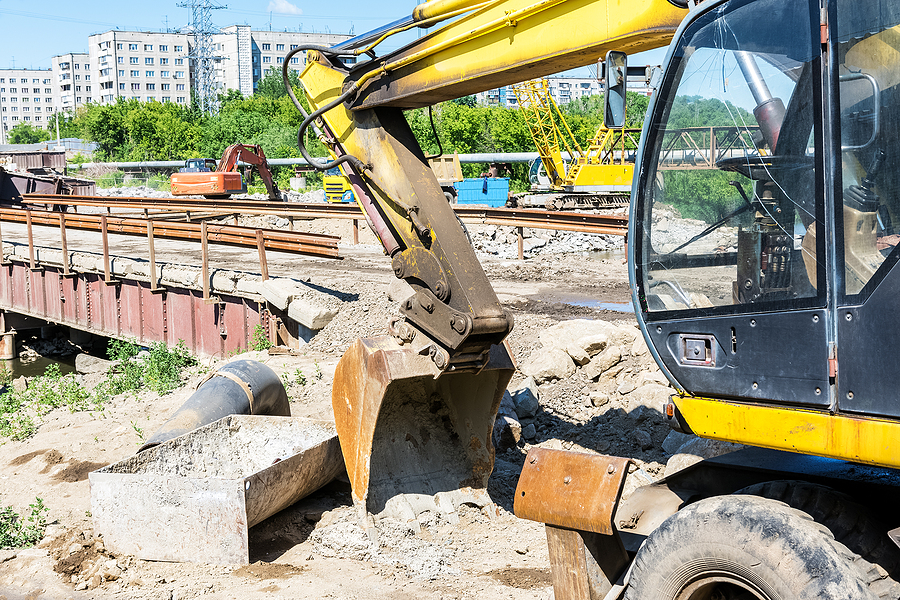Uncontrolled erosion and sedimentation contribute to a number of problematic situations like water pollution, flooding, damage to roadways and other structures, and loss of fertile topsoil. In Michigan, construction is a top contributor to erosion. Left unchecked, construction sites can create more than 100 tons of sediment per acre annually.
As part of the Natural Resources and Environmental Protection Act (NREPA), the Soil Erosion and Sedimentation Control (SESC) program mandates permits for activities that risk uncontrolled erosion and sedimentation. Here’s an overview of the SESC permit requirements and application process.
How and when to get a SESC permit
SESC permits are “generally required for any earth change activity which disturbs one or more acres of land or which is within 500 feet of a lake or stream.” Several types of human-made activities can cause these “earth changes” — including excavating, filling, and clearing — and contribute to soil erosion and sedimentation.
According to Part 91 of the NREPA, permits aren’t necessary for some activities that don’t lead to water sedimentation, soil erosion, or off-site sediment discharge. This exemption applies to many agricultural, mining, and logging industry practices, as well as some residential projects like landscaping and creating post holes.
If your project requires a permit, you must:
- Create a SESC plan that identifies prevention measures and contributing factors to soil erosion and sedimentation.
- Submit a permit application to your local permitting agency.
- Agree to applicable inspections and fees.
Be sure to check with your local SESC agency about the specific requirements in your area, which may differ from state requirements. For example, Livingston County has its own SESC ordinance with more restrictive requirements, such as the installation of a 36” silt fence on all construction sites.
What to expect during inspection
After the permit agency establishes the inspection schedule and criteria, a Part 91 inspector will check that SESC measures effectively reduce erosion and sedimentation as outlined in the SESC plan. At minimum, these regular inspections should take place before or after earth work commences, during significant changes in work activity, after significant precipitation events, and upon project completion.
The inspector will look for installation, maintenance, and potential weather issues that could hinder proper sediment control. The inspection may also result in corrective actions, some of which could prompt revisions to the SESC plan or permit conditions. In this case, the inspector will provide a timeframe for implementing corrective measures and conduct a follow-up inspection to ensure compliance.
For help obtaining a SESC permit, creating a SESC plan, or preparing for an inspection, ask about TriMedia’s environmental consulting services or get in touch with one of our experts.

